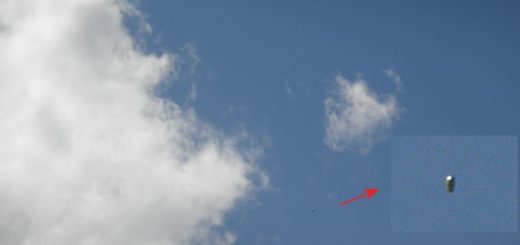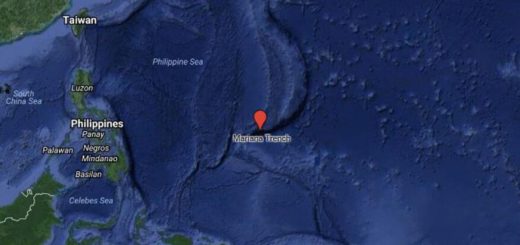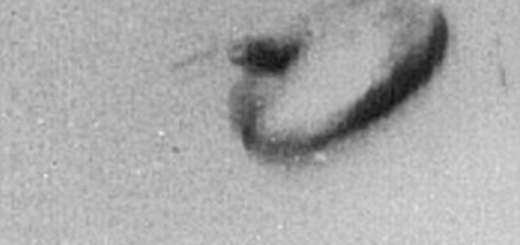Most Distant Supernova Ever Detected Confirmed

The most distant supernova ever detected has been confirmed by an international team of astronomers led by the University of Southampton, UK.
The celestial event is a huge cosmic explosion that took place 10.5 billion years ago, or three-quarters the age of the Universe itself.
The exploding star, named DES16C2nm, was detected by the Dark Energy Survey (DES), an international collaboration to map several hundred million galaxies in order to find out more about dark energy – the mysterious force believed to be causing the accelerated expansion of the Universe.
DES16C2nm is classified as a superluminous supernova (SLSN), the brightest and rarest class of supernovae, first discovered ten years ago, thought to be caused by material falling onto the densest object in the Universe – a rapidly rotating neutron star newly formed in the explosion of a massive star.
Light from the event has taken 10.5 billion years to reach Earth, making it the oldest supernova ever discovered and studied. The Universe itself is thought to be 13.8 billion years old.
“It’s thrilling to be part of the survey that has discovered the oldest known supernova. DES16C2nm is extremely distant, extremely bright, and extremely rare – not the sort of thing you stumble across every day as an astronomer,” lead author of the study Dr Mathew Smith, of the University of Southampton, said in a press release.
“As well as being a very exciting discovery in its own right, the extreme distance of DES16C2nm gives us a unique insight into the nature of SLSN. “The ultraviolet light from SLSN informs us of the amount of metal produced in the explosion and the temperature of the explosion itself, both of which are key to understanding what causes and drives these cosmic explosions.”
DES16C2nm was first detected in August 2016, and its distance and extreme brightness confirmed in October that year using three of the world’s most powerful telescopes – the Very Large Telescope and the Magellan, in Chile, and the Keck Observatory, in Hawaii.
Over five years (2013-2018), the DES collaboration is using 525 nights of observation to carry out a deep, wide-area survey to record information from 300 million galaxies that are billions of light-years from Earth.
A new study published in The Astrophysical Journal.



 Creators of mankind
Creators of mankind Description of “Tall white aliens”
Description of “Tall white aliens” Where they came from?
Where they came from? About hostile civilizations
About hostile civilizations The war for the Earth
The war for the Earth “Tall white aliens” about eternal life
“Tall white aliens” about eternal life Video: “Nordic aliens”
Video: “Nordic aliens” Aliens
Aliens Alien encounters
Alien encounters The aliens base
The aliens base UFO
UFO Technology UFO
Technology UFO Underground civilization
Underground civilization Ancient alien artifacts
Ancient alien artifacts Military and UFO
Military and UFO Mysteries and hypotheses
Mysteries and hypotheses Scientific facts
Scientific facts


















